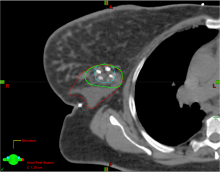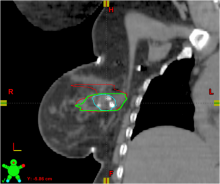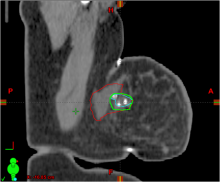TeraRecton announced the launch of version 4.4.13 of its iNtuition advanced visualization platform, over 175 feature and functionality enhancements. According to the company, these improvements accelerate workflow and enhance clinical capabilities for cardiac magnetic resonance (MR), spine labeling, multiphase breast and prostate MR, transcatheter aortic valve replacement (TAVR) and more. All enhancements are wrapped up in a measurably faster and visibly cleaner user interface.
© Copyright Wainscot Media. All Rights Reserved.
Subscribe Now







